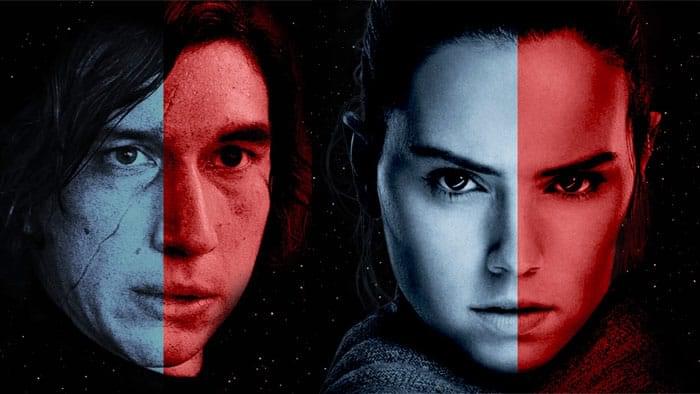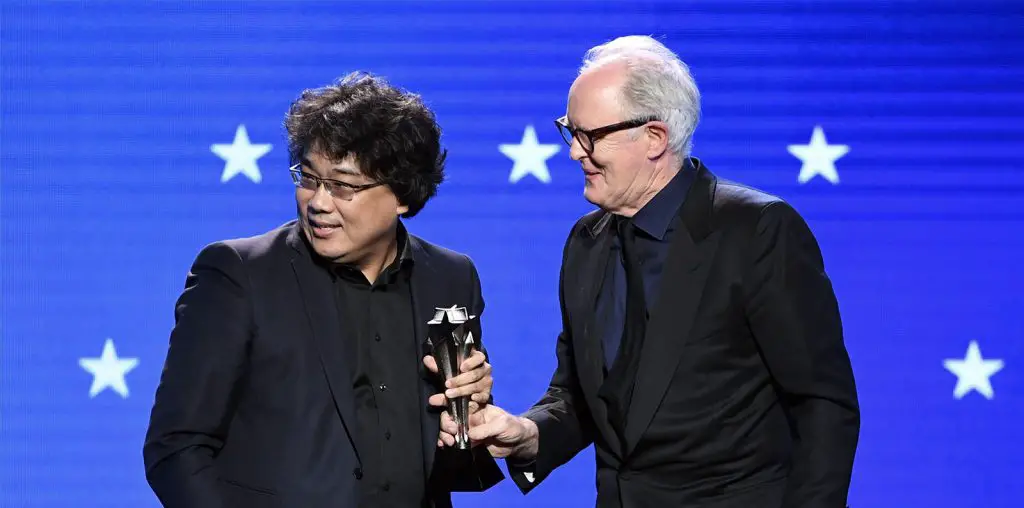
Asked what it was like working with Amy Brenneman on “Daylight,” co-star Sylvester Stallone remarked, “She’s extremely intelligent but never worked under these kinds of conditions. She’s a Harvard graduate, but she was also scared to death. Quite often, she had to do things I really didn’t recommend she do — but she really wanted to do them. When she saw herself in these situations, she was absolutely terrified, but she did it.”
[ Do you go after your part in “Daylight,” or did they approach you? ] ^ I didn’t go after it. Actually, the story I heard after I got the part and was talking to Rob Cohen was that he was looking at some tape of my part in “Heat” and said, “Oh, that girl. Let’s get that girl.” I then read the script, thought it was spectacular and loved the idea that Stallone was involved. My character was really different at the time. She was a district attorney in Brooklyn. In the screenwriter’s attempt to write a strong female role, she was strong and boring. She was completely humorless. But I liked the idea of the thing, so I went in, read for that part and I got it a couple days later. It all happened very quickly. Then I said, “Rob I have to talk to you.” He was also thinking we needed something a bit more human and suggested that the character be a struggling actress. So, we started building it together.
[ That background for your character is really only played out in the beginning part of the film — and very quickly. ] ^ I only had one scene to do it. Rob was funny, he said, “If it doesn’t go by fast, we’re going to have to cut it.” Everybody wants to get to the explosions. So I decided to take the lowest moments in my life — terrible apartment, terrible relationship, terrible job, rejection — and build them all into one scene. And that’s where that scene came from, and that’s how we find out her entire background.
[ Your character has a defining moment early on in the film after the explosion in the tunnel. There are several prisoners are trapped in an overturned bus and they need your help. And from that point, your character starts to take action — she becomes part of the rescue effort. Were there points in the script that you thought would redefine you as a performer? ] ^ Definitely. That’s what’s so funny and wonderful about this film. We all have these images of ourselves and this character saw herself as scrappy and tough but not physically adept. She’s a little East Village neurotic and at this point in her life, completely disempowered. So, there must be somebody else to rescue these people. The humor that comes from that. . . I love that moment too. It’s funny. At the moment she’s saying, “No, no, no. You really don’t get it. You don’t understand who I am.” But she’s the one who ultimately finds out something about herself.
[ Did do any physical training for this performance? Did Stallone give other actors pointers on pacing or preparation? ] ^ Not really. Which I actually liked. He was very respectful of the way everybody did their work. But I would get excited and confused, learning about how these kinds of films work. So, I was very attentive. He’s done this kind of acting so many times before, but then we had a couple of the little scenes, little dialogue scenes, and he would get so excited and have all these ideas. That’s more of what I’m used to doing — having conversations. That was actually sort of nice. What was really hard for me was some of the actual physical action, like walking through water when it was thigh deep. I looked really stupid. Especially when I had to run. I just looked like a chicken. Finally, Sly took me aside and said, “You look really dumb.” He taught me how to stride and look okay.
[ What was the most surprising thing about working with Stallone? ] ^ How natural he is. I hadn’t met him before we started shooting. I can do my work in spite of or whatever somebody else feels. I was expecting just being ready to do my work. But he was very approachable and warm. And he held me in embarrassingly high regard as an actress. That was wonderful. I didn’t have to work for that. That’s really much more where his true interest lay in the shooting of this film. He was very interested in character and dialogue.
[ Did you sense that Stallone was trying to do something different with his character, perhaps trying to get away from the Rocky types he has played before? ] ^ Yeah, I can tell you that right off. And he’s tired, too. I could not do this kind of movie all the time — or as often as he has. You’re body gives up. And I think he’s at this point that not only does he probably want to express something else, something deeper inside of himself.
[ In acting with Robert DeNiro in “Heat” and now opposite Stallone, you have covered an extreme range. What is the difference in performing between those two kinds of actors? ] ^ Well, I’m a real director’s gal, so that difference was as apparent to me as it might have been to another actress. If I have somebody on my side in the room, like the director, I try to put my faith in that. On “Heat,” Michæl Mann was really pushing for me. I was there because of him. But I’ve been really lucky. Both of these men have welcomed me with open arms. I don’t get easily intimidated, but I get shut down if somebody shuts me out. So working with a DeNiro or a Stallone didn’t freak me out in and of itself.
[ Did they tell you why they chose you for this role in “Daylight”? ] ^ Rob liked the idea that I had gone to college, that I was quick-tongued and quick-witted, and thought it would be a wonderful combination of my energy and Stallone’s. He thought I could stand up to him and wouldn’t get too nervous.
[ Both “Daylight” and “Heat” are action films, but was there a different vibe on the set of each respective movie? ] ^ Well, I wasn’t involved in any of the action scenes in “Heat”. It sort of became a running joke. That was shot over 5 1/2 months as well. I would shoot for a week and then go away and have a life. I directed a play. The joke was that I’d come back and ask, “How’s it going, Bob?” And he’d say, “We shot a lot of people, and held up a bank.” Things that had nothing to do with me at all. And I was away doing this when they were doing previews. So, my vibe on the set of Heat was fun and sexy. I wasn’t involved in the crash and burn.
[ I heard people say after the screening that this was a new version of “The Poseidon Adventure”. What do you think of that? ] ^ I think we could do worse. I watched that film over New Year’s last year as I was filming “Daylight”. It’s fake in some ways but really holds up in others. What works about the disaster film genre is that the action flicks we have now are so remote. They’re just about terrorists, and guns, and aliens. Which is great, too. But, this idea that Joe Blow is trapped in these situations is terrifying. In “The Poseidon Adventure,” we see the ship, but it’s screwy. The world is upside down. It’s like “Through the Looking Glass.” Same way with the tunnel in “Daylight”. We’re in this place that we know, but it has become something horrifying.
After seeing myself in this picture, I want to look really pretty in my next film. With really nice clothes. I’d like to do a big romance. A real romance. I have directors I’d love to work with — like Peter Weir or Tim Robbins.
[ At what stage does this film find your career? ] ^ The idea of doing a movie like this has a certain place in a career and a certain place in Hollywood. It’s timing. You have to do your action movie. But in this case, I did the film because of Rob Cohen, especially since the original script and character was not something I thought was right for me. I thought I’d love to see it, but what was I going to do in it?
Check out FILMTHREAT.com’s INTERVIEW ARCHIVES and read hundreds of fascinating in-depth interviews with directors, filmmakers, actors and celebrities from the world of film!

